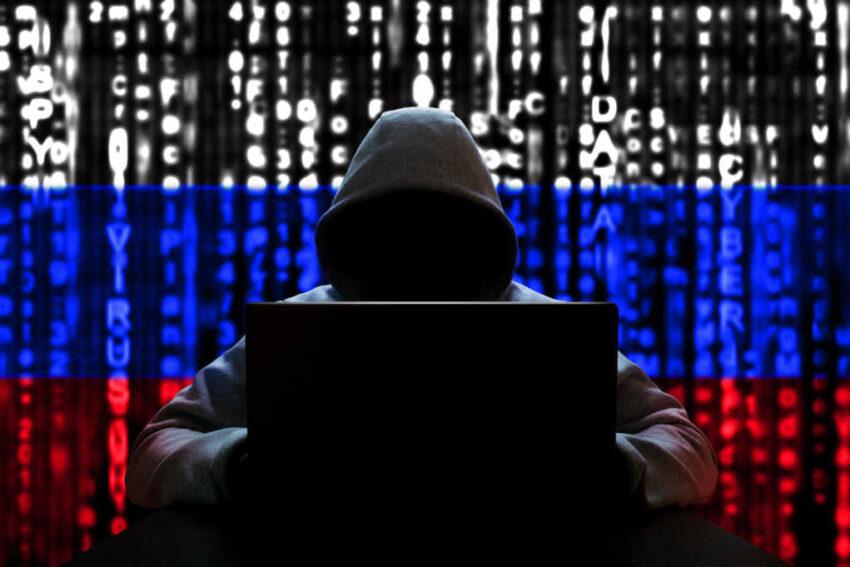Russian hackers hijacked a Ukrainian satellite on May 9, 2025, forcing citizens to watch Moscow’s Victory Day parade while crippling communications across Europe.
At a Glance
- Kremlin-backed hackers seized control of a satellite during Victory Day 2025
- Ukrainian broadcasts were replaced with live footage of Russia’s military parade
- Malware disabled tens of thousands of satellite modems in Ukraine and Europe
- Space-based infrastructure now seen as prime targets for cyber warfare
- Western intelligence agencies rank space-based attacks as a top national security threat
The Ultimate Psychological Weapon
On May 9, 2025, Ukrainians expecting their regular programming instead witnessed Russian tanks parading through Red Square. This was no glitch—it was a calculated act of psychological warfare. Kremlin-backed hackers hijacked a satellite serving Ukraine, inserting live footage of Moscow’s Victory Day celebrations directly into homes.
Victory Day, marking the Soviet Union’s World War II triumph, was chosen for maximum symbolic impact. The parade showcased modern Russian weaponry, underscoring the message that Moscow could project power anywhere—even from orbit. Beyond disrupting television, the malware spread across tens of thousands of satellite modems, crippling communications in Ukraine and parts of Europe when connectivity was most needed.
Watch now: Victory Day Satellite Hack Explained · YouTube
Space Infrastructure Under Attack
The 2025 satellite hijacking builds on earlier precedents. In 2022, Russian operatives launched a cyberattack against Viasat systems, disabling thousands of modems across Europe as their invasion of Ukraine began. That incident also disrupted wind turbines in Germany, demonstrating the vulnerability of critical infrastructure tied to satellite networks.
Modern satellites enable GPS navigation, emergency communications, global internet, and financial transactions worth trillions of dollars daily. According to cybersecurity experts, interfering with a satellite’s communications link can yield massive cascading disruptions across multiple sectors. The ability to weaponize orbital assets against civilian targets raises profound questions about resilience and preparedness in an era of hybrid warfare.
Borderless Battlefield
Unlike conventional warfare, which respects territorial limits, space-based operations recognize none. A single satellite in orbit 22,000 miles above Earth can be manipulated to spread propaganda, disrupt logistics, or disable vital civilian services. The 2025 hack revealed the stark reality that borders mean little when attacks originate in space.
For Ukraine, the intrusion was not just a cyber incident but a violation of information sovereignty. Millions of citizens had their programming forcibly replaced, highlighting how easily space systems can be turned into tools of psychological operations. Civilian infrastructure, once viewed as neutral, has become a frontline asset subject to weaponization.
America’s Wake-Up Call
Western intelligence agencies have now classified space-based threats as critical, ranking them alongside nuclear and biological weapons. Unlike theoretical scenarios, these capabilities are already in play. The 2025 Victory Day hack demonstrated that a hostile power can weaponize satellites without firing missiles or crossing borders, inflicting widespread disruption silently and remotely.
For the United States and its allies, the incident is a warning. Dependence on orbital infrastructure spans GPS systems, military communications, and global financial transactions. Vulnerabilities in this domain could lead to economic paralysis or strategic disadvantage without a single shot being fired on Earth. As restoration efforts continue months later, analysts agree that the incident marked a turning point—confirming that the next global conflict may begin in orbit.
Sources
Click this link for the original source of this article.
Author: Editor
This content is courtesy of, and owned and copyrighted by, https://thecongressionalinsider.com and its author. This content is made available by use of the public RSS feed offered by the host site and is used for educational purposes only. If you are the author or represent the host site and would like this content removed now and in the future, please contact USSANews.com using the email address in the Contact page found in the website menu.








